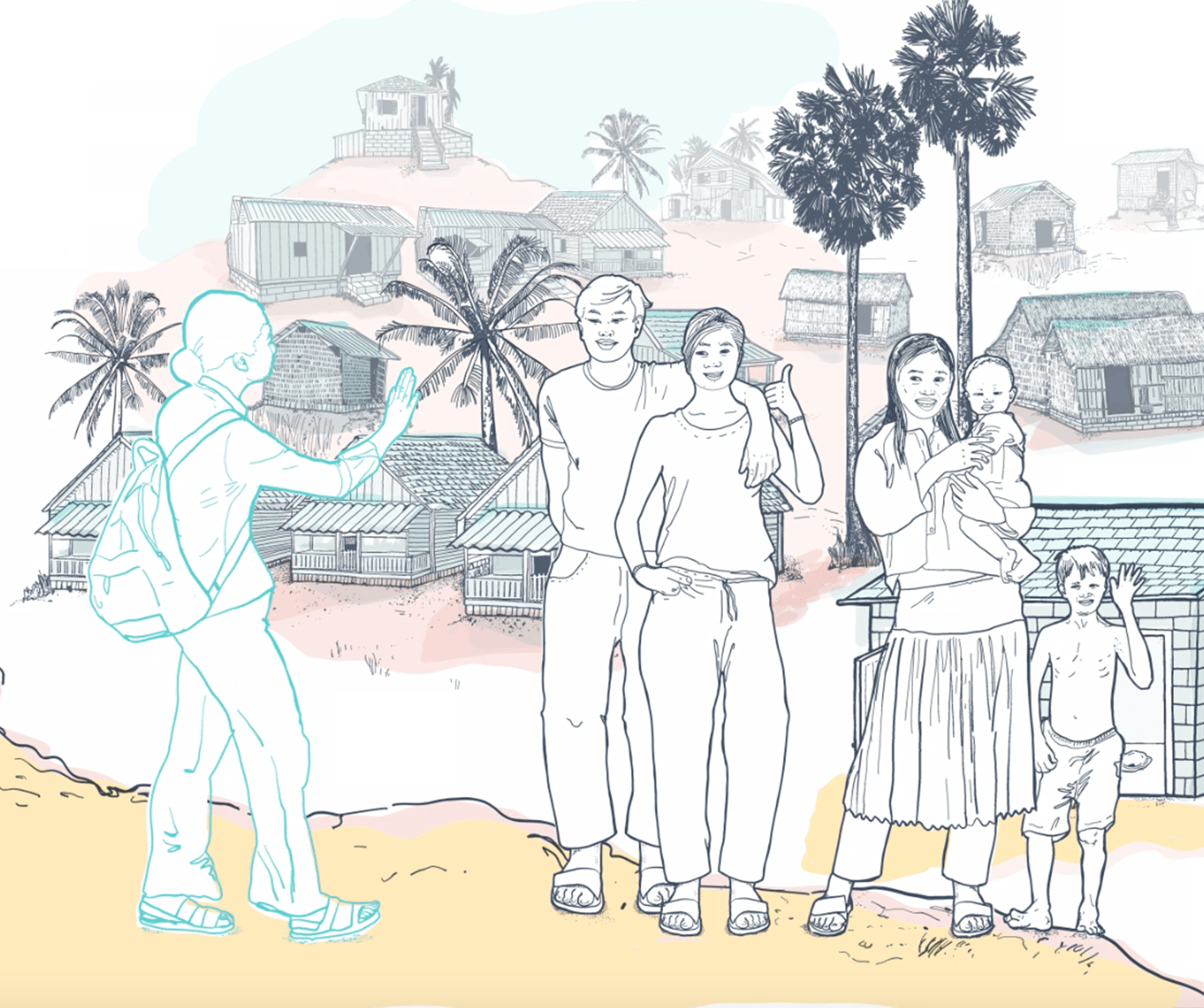Despite the formal acknowledgment of sanitation as a fundamental human right, more than 600 million people still practice open defecation, most of them in poor countries. A part of this challenge is related to the type of natural environment such as floodable areas where flooding affects thousands of people every year and has a direct impact on their access to sanitation.
Although there is a wide range of technological sanitation options for vulnerable communities, few publications explore their applicability to areas prone to constant natural floods, thereby hampering the possibilities for improving sanitation conditions in such areas. This review aims at compiling and consolidating current information on sanitation options for floodable areas with a focus on their technological, environmental, and managerial peculiarities.
A systematic review identified 28 relevant publications presenting sanitation solutions for those environments. They were grouped into dry solutions and wet solutions. This analysis showed that there is no single universal technology capable of solving the problem but instead, a set of different technological arrangements that could be implemented bearing in mind the environmental and social contexts in which they are inserted.






